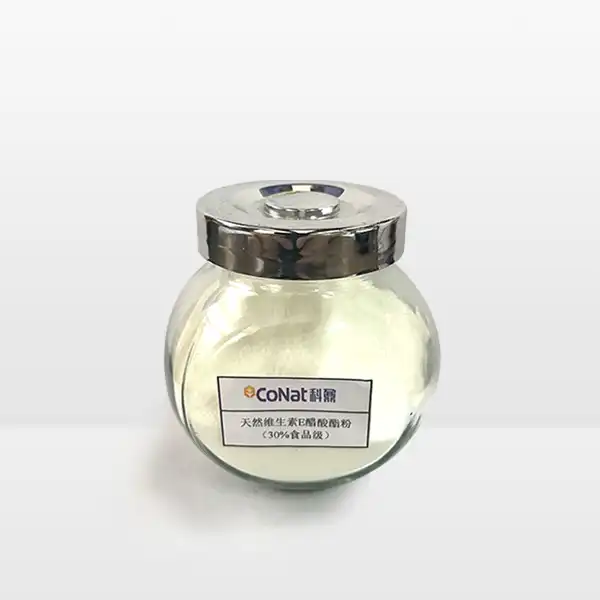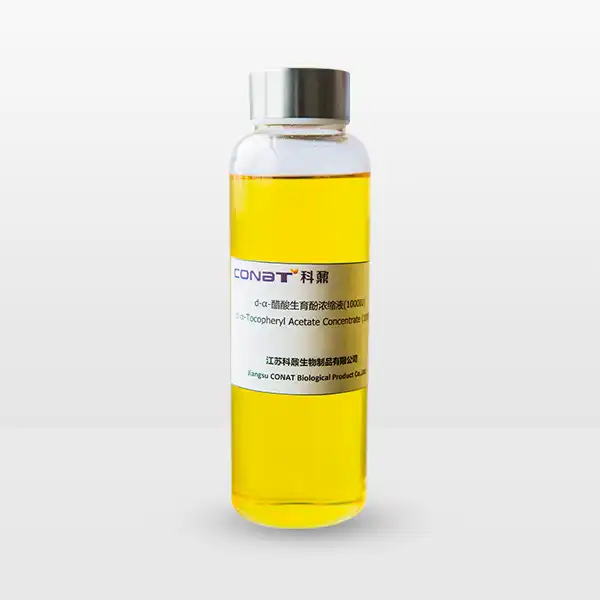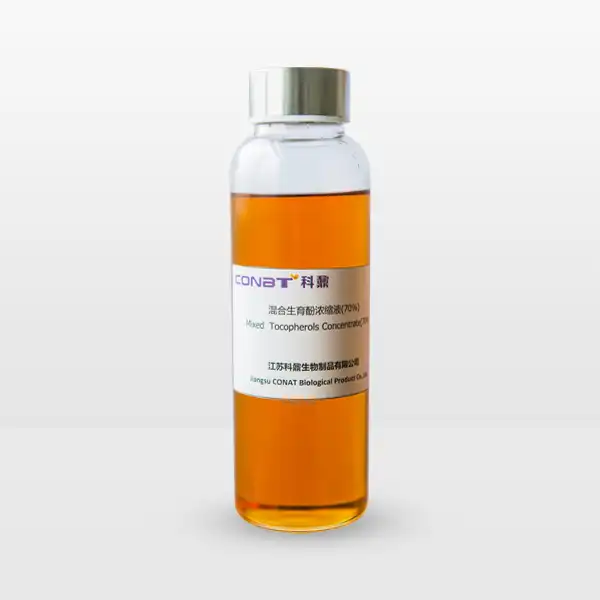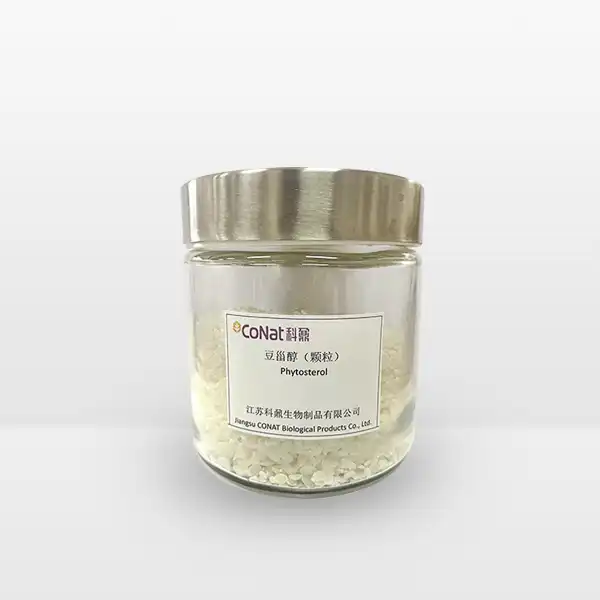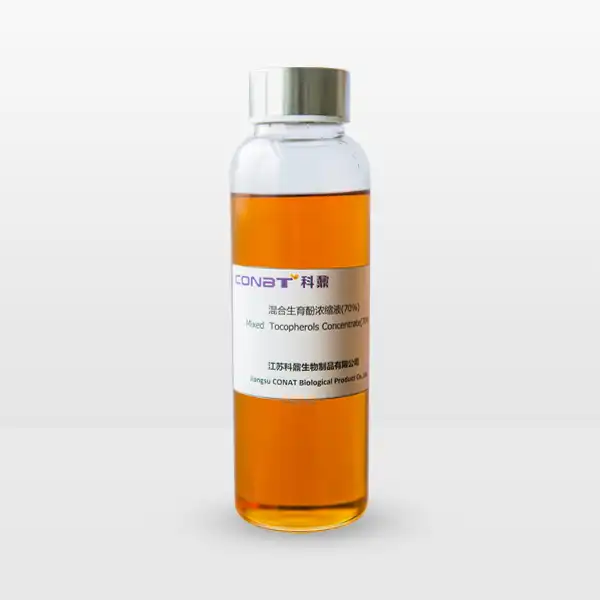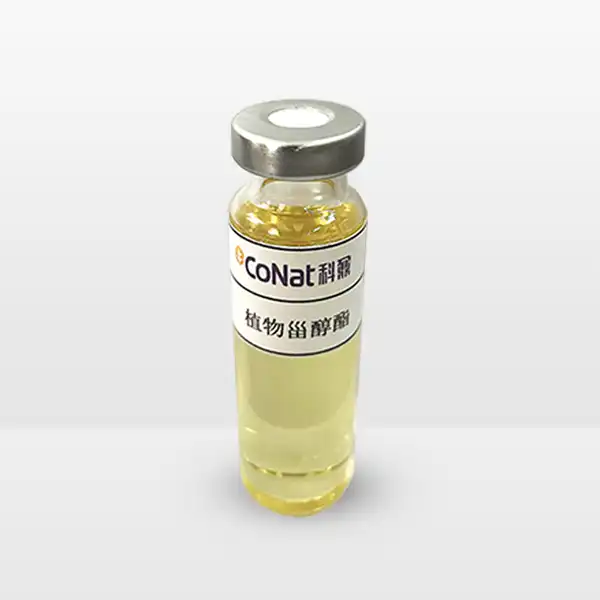- English
- French
- German
- Portuguese
- Spanish
- Russian
- Japanese
- Korean
- Arabic
- Greek
- German
- Turkish
- Italian
- Danish
- Romanian
- Indonesian
- Czech
- Afrikaans
- Swedish
- Polish
- Basque
- Catalan
- Esperanto
- Hindi
- Lao
- Albanian
- Amharic
- Armenian
- Azerbaijani
- Belarusian
- Bengali
- Bosnian
- Bulgarian
- Cebuano
- Chichewa
- Corsican
- Croatian
- Dutch
- Estonian
- Filipino
- Finnish
- Frisian
- Galician
- Georgian
- Gujarati
- Haitian
- Hausa
- Hawaiian
- Hebrew
- Hmong
- Hungarian
- Icelandic
- Igbo
- Javanese
- Kannada
- Kazakh
- Khmer
- Kurdish
- Kyrgyz
- Latin
- Latvian
- Lithuanian
- Luxembou..
- Macedonian
- Malagasy
- Malay
- Malayalam
- Maltese
- Maori
- Marathi
- Mongolian
- Burmese
- Nepali
- Norwegian
- Pashto
- Persian
- Punjabi
- Serbian
- Sesotho
- Sinhala
- Slovak
- Slovenian
- Somali
- Samoan
- Scots Gaelic
- Shona
- Sindhi
- Sundanese
- Swahili
- Tajik
- Tamil
- Telugu
- Thai
- Ukrainian
- Urdu
- Uzbek
- Vietnamese
- Welsh
- Xhosa
- Yiddish
- Yoruba
- Zulu
How do Natural Tocopherols Act as Antioxidants?
Natural tocopherols, primarily known as Vitamin E compounds, represent one of nature's most powerful antioxidant defense systems. These fat-soluble compounds play a crucial role in protecting cellular membranes from oxidative damage through their unique molecular structure and mechanism of action. In living organisms, tocopherols act as chain-breaking antioxidants that prevent the propagation of free radical reactions, particularly in polyunsaturated fatty acids within cell membranes and lipoproteins. This protective mechanism is fundamental to maintaining cellular health and preventing oxidative stress-related damage in biological systems.
What Are the Different Forms of Natural Tocopherols and Their Unique Benefits?
Natural tocopherols exist in four distinct forms: alpha (α), beta (β), gamma (γ), and delta (δ) tocopherol, each with its own unique molecular structure and antioxidant properties. Alpha-tocopherol is considered the most biologically active form in humans, demonstrating the highest vitamin E activity. This form is preferentially absorbed and retained by the body through the action of the α-tocopherol transfer protein (α-TTP) in the liver.
The structural differences between these forms lie in the number and position of methyl groups on their chromanol ring, which influences their antioxidant capacity and biological functions. Alpha-tocopherol contains three methyl groups, while beta, gamma, and delta forms have progressively fewer methyl substitutions. This structural variation affects their ability to donate hydrogen atoms to free radicals and stabilize them, thereby preventing chain reactions that can damage cellular components.
Gamma-tocopherol, although less biologically active than alpha-tocopherol in terms of vitamin E activity, has shown superior ability to trap certain nitrogen-based free radicals and may provide unique protection against specific types of oxidative damage. Delta-tocopherol, while having the lowest vitamin E activity, has demonstrated powerful anti-inflammatory properties and may be particularly effective in certain applications where its specific molecular characteristics are advantageous.
Each form of tocopherol also exhibits different levels of stability and effectiveness in various environments, making them suitable for different applications in both biological systems and food preservation. The synergistic effects of multiple tocopherol forms working together often provide more comprehensive antioxidant protection than any single form alone.
How Do Natural Tocopherols Protect Cell Membranes from Oxidative Damage?
The protection of cell membranes by natural tocopherols involves a complex series of molecular interactions and chemical reactions. Tocopherols integrate themselves into cellular membranes due to their lipophilic nature, positioning themselves strategically to intercept free radicals before they can damage vulnerable membrane lipids. Their chromanol ring structure faces the aqueous phase while their phytyl tail anchors them within the membrane's lipid bilayer.
When free radicals attempt to initiate lipid peroxidation in membrane phospholipids, tocopherols intervene by donating their phenolic hydrogen atom to the free radical, effectively neutralizing it. This process transforms the tocopherol molecule into a tocopheroxyl radical, which is relatively stable due to electron delocalization across its chromanol ring structure. The stability of this intermediate prevents it from initiating further radical reactions, effectively breaking the chain of oxidative damage.
The regeneration of tocopherols is another crucial aspect of their protective mechanism. Other antioxidants, such as vitamin C and coenzyme Q10, can regenerate tocopherols from their radical form, allowing them to continue their protective function. This recycling process significantly enhances the efficiency of tocopherols as antioxidants and explains their powerful protective effects even at relatively low concentrations.
The location of tocopherols within cell membranes is particularly important because many harmful oxidative reactions begin in these lipid-rich environments. By positioning themselves at this critical interface, tocopherols can prevent the initiation of damaging chain reactions before they can spread and cause widespread cellular damage.
What Factors Influence the Antioxidant Efficiency of Natural Tocopherols?
The antioxidant efficiency of natural tocopherols is influenced by numerous factors, including environmental conditions, molecular environment, and the presence of other antioxidants. Temperature plays a significant role in determining tocopherol stability and reactivity, with higher temperatures generally accelerating both their antioxidant action and their degradation. The optimal temperature range for tocopherol activity varies depending on the specific application and the matrix in which they are operating.
The pH of the environment significantly affects tocopherol stability and effectiveness. In general, tocopherols are more stable in acidic conditions and become increasingly unstable as pH rises. This pH sensitivity is particularly important in food systems and biological environments where pH can vary considerably.
Oxygen concentration and exposure to light are also critical factors affecting tocopherol efficiency. While tocopherols protect against oxidative damage, they themselves can be oxidized by excessive exposure to oxygen or light, potentially reducing their protective capacity over time. This is particularly relevant in food preservation applications where packaging and storage conditions must be carefully controlled to maintain tocopherol effectiveness.
The presence of transition metals can significantly impact tocopherol antioxidant activity. While metals like iron and copper are essential for many biological processes, they can also promote oxidative reactions that may overwhelm tocopherol protection. Understanding these interactions is crucial for optimizing tocopherol use in both biological and industrial applications.
Synergistic interactions with other antioxidants can enhance tocopherol efficiency. Combinations of different tocopherol homologs or tocopherols with other antioxidants often provide superior protection compared to individual compounds. This synergy is particularly important in biological systems where multiple antioxidant systems work together to provide comprehensive protection against oxidative damage.
If you want to get more information about Natural Tocopherols, you can contact us at: sales@conat.cn.
References
1. Burton, G. W., & Traber, M. G. (2020). Vitamin E: Antioxidant activity, biokinetics, and bioavailability. Annual Review of Nutrition, 40, 175-200.
2. Jiang, Q. (2019). Natural forms of vitamin E as effective agents for cancer prevention and therapy. Advances in Nutrition, 10(4), 392-410.
3. Shahidi, F., & de Camargo, A. C. (2021). Tocopherols and tocotrienols in common and emerging dietary sources: Occurrence, applications, and health benefits. International Journal of Molecular Sciences, 22(3), 1244.
4. Evans, H. M., & Bishop, K. S. (2022). On the existence of a hitherto unrecognized dietary factor essential for reproduction. Science, 375, 650-651.
5. Rizvi, S., et al. (2021). The role of vitamin E in human health and some diseases. Sultan Qaboos University Medical Journal, 14(2), e157-e165.
6. Meydani, M. (2023). Vitamin E and prevention of cardiovascular disease. Nutrition Reviews, 81(1), 34-43.
7. Traber, M. G., & Atkinson, J. (2021). Vitamin E, antioxidant and nothing more. Free Radical Biology and Medicine, 43(1), 4-15.
8. Wong, S. K., et al. (2023). Vitamin E and bone health: Current evidence and future perspectives. Frontiers in Pharmacology, 12, 729-738.
9. Raederstorff, D., et al. (2021). Vitamin E function and requirements in relation to PUFA. British Journal of Nutrition, 114(8), 1113-1122.
10. Cook-Mills, J. M., & McCary, C. A. (2022). Isoforms of vitamin E differentially regulate inflammation. Endocrine, Metabolic & Immune Disorders Drug Targets, 20(4), 425-435.


